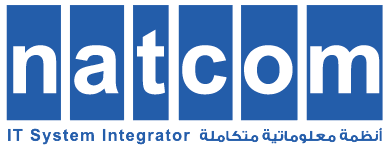
More IoT devices means more IT challenges
The proliferation of IoT devices at the edge creates a new set of challenges for IT.

• IoT devices use different connectivity types and communication protocols, often requiring vendor-specific gateways to manage devices and collect data.
• IoT devices are fundamentally untrustworthy; IoT gateways obscure devices on the network, causing a lack of visibility that creates greater risk.
• Integrating IoT data with business processes is complex, requiring deep knowledge of IoT, data transport, data security, and business applications.
Unify IoT, IT, and OT networks with Aruba ESP
Extensible Wi-Fi 6 access points support multiple IoT technologies, so you can address a broad range of IoT applications now and in the future with the infrastructure you already have, eliminating the cost, complexity, and potential vulnerabilities of gateways and IoT overlay networks.
LEARN ABOUT APS AS IOT PLATFORMS, CLICK ON A LINK
Accelerate IoT-driven digital transformation with Aruba ESP
“I have analyzed Aruba ESP and believe its architectural platform based on a unified infrastructure, zero-trust security, and AIOps has the potential to reduce complexity and accelerate smart facility and hyper-awareness use cases both on-prem and in the cloud.”
Will Townsend, Senior Analyst, Moor Insights & Strategy

Unify IoT, IT, and OT networks with Aruba ESP

Reduce IoT security risk

Simplify IT and OT operations

Adopt new IoT use cases with confidence

Designing hyper-aware facilities
IoT is the eyes and ears of a smart building. Supplementing IoT data with contextual information enables hyper-awareness—cognizance and responsiveness to occupants and their environment. The richer the data and context, the greater the opportunities to boost efficiency, productivity, profitability, reliability, and security.
To learn more about designing hyper-aware smart buildings, read the white paper.
- Monitor personnel and asset safety
- Provide predictive maintenance
- Reduce repair time with location services
The IoT solution describes how wireless access points can be used as an IoT platform by supporting various communication methods: 802.11ax (Wi-Fi 6), Bluetooth 5, ZigBee, and USB.
OUR PARTNERS



